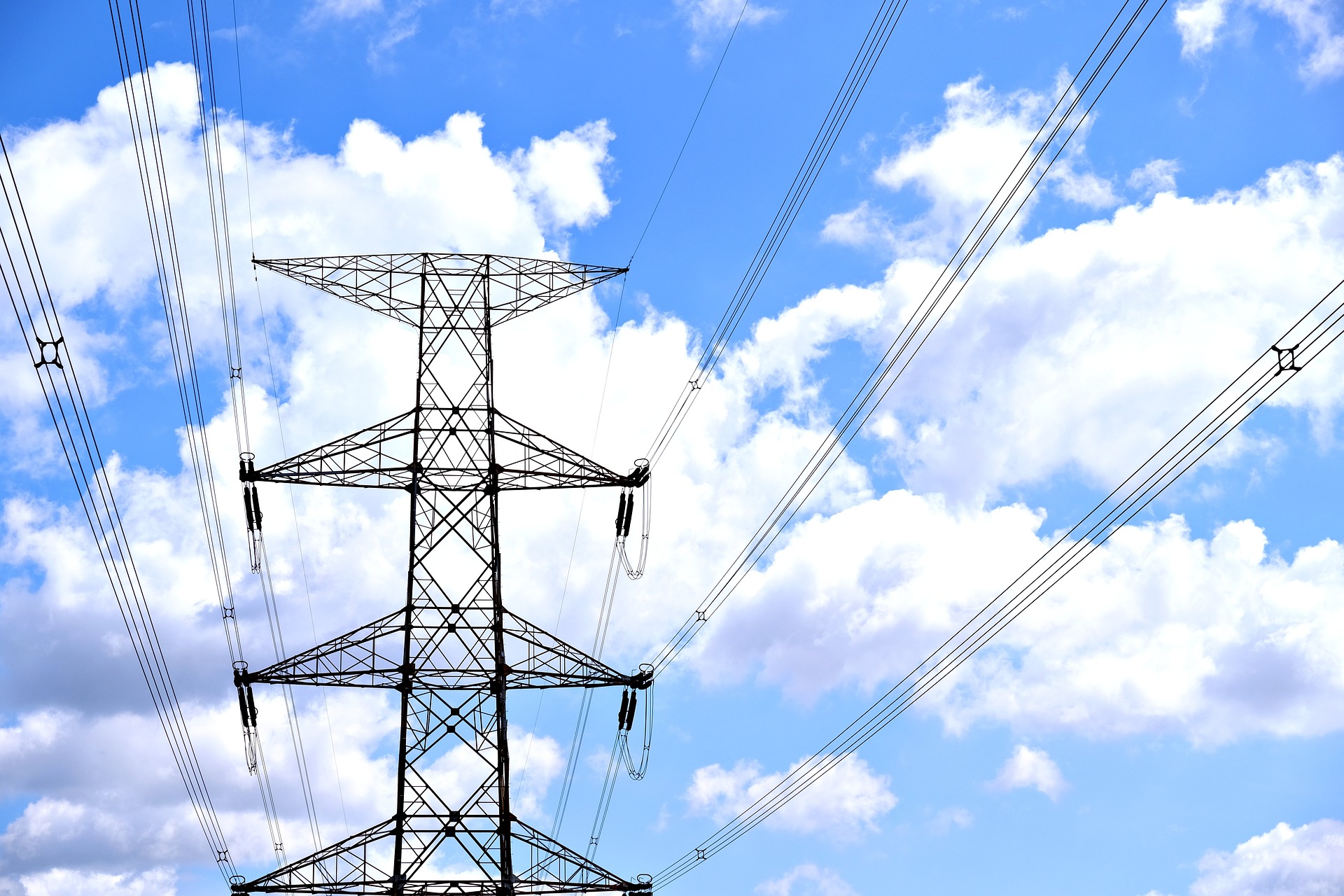Decrypting the Mysteries of Broadband Over Power Lines
Broadband Over Power Lines (BPL), a technology that allows data to be transmitted over utility power lines, was first conceived in the early 2000s. This ingenious invention was designed to leverage existing power line infrastructure to deliver high-speed internet connectivity. The idea was simple, yet revolutionary: use the power lines that already run into homes and businesses to supply not just electricity, but also internet data.

The Technical Underpinnings of BPL
The technology works by injecting radio-frequency energy onto power lines and then extracting it at the desired destination. The data is then converted back into a form that can be used by computers and other internet-enabled devices. This process required the development of advanced modulation techniques and noise filtering technologies, as power lines were not originally designed for data transmission and are prone to electrical interference.
The Current State of BPL
While the promise of BPL was initially met with great enthusiasm, the technology has faced significant regulatory and technical challenges. Noise interference, low data rates, and regulatory restrictions on radio-frequency emissions have been major stumbling blocks. Nevertheless, BPL has shown great promise in certain niche applications, particularly in smart grid and home networking solutions. Here, the technology’s ability to leverage existing infrastructure and its inherent resistance to physical disruption are significant advantages.
The Promise and Challenges of BPL
The potential of BPL is immense, especially for areas with limited broadband access. The ability to transmit high-speed internet data over existing power lines could revolutionize connectivity in rural and remote areas. However, several significant challenges need to be addressed. Foremost among these are the technical issues surrounding signal interference and the regulatory hurdles surrounding the use of power lines for data transmission.
The Practical Applications of BPL
Despite these challenges, BPL has found a significant niche in home networking and smart grid applications. HomePlug, a variant of BPL, has become a popular solution for home networking, providing a simple plug-and-play solution for internet connectivity. In smart grid applications, BPL is being used to transmit data between utility companies and their customers, enabling real-time monitoring of power usage and facilitating more efficient energy management.
In conclusion, while BPL has faced significant challenges, it remains a promising technology with the potential to transform internet connectivity. A deeper understanding of its technical underpinnings, current state, and potential applications can help individuals and businesses make informed decisions about their connectivity needs. As the digital landscape continues to evolve, technologies like BPL will play an increasingly important role in shaping our connected future.




